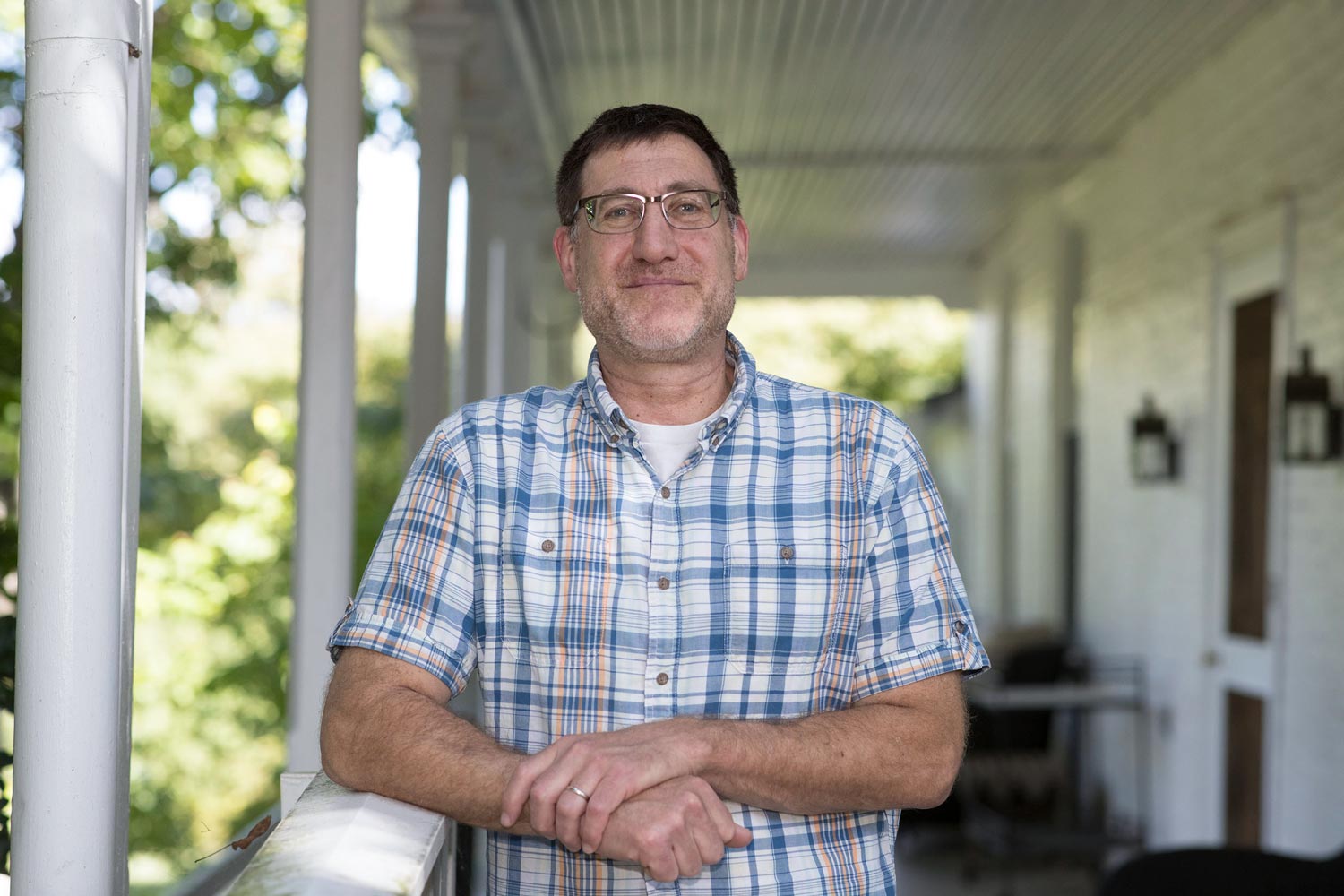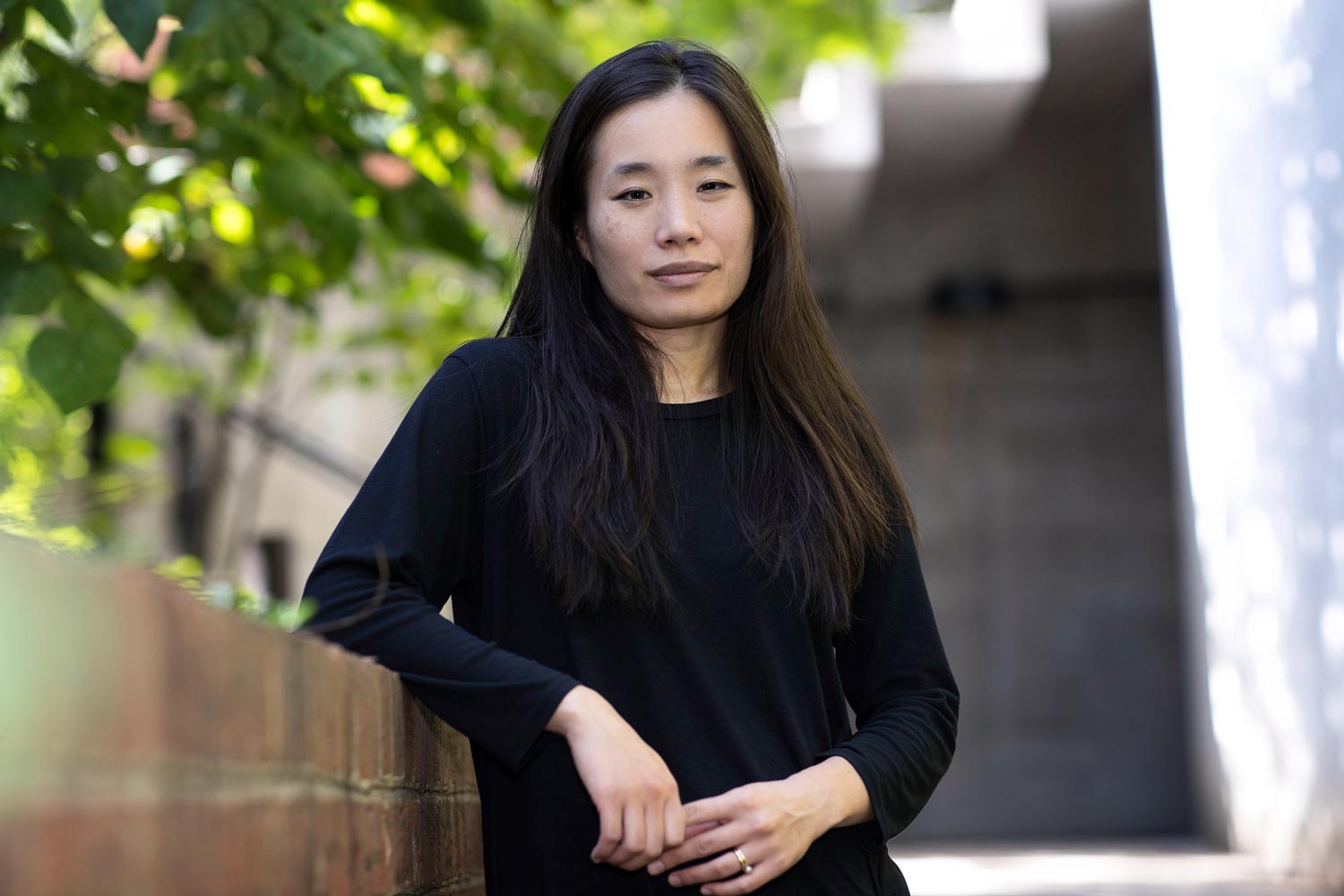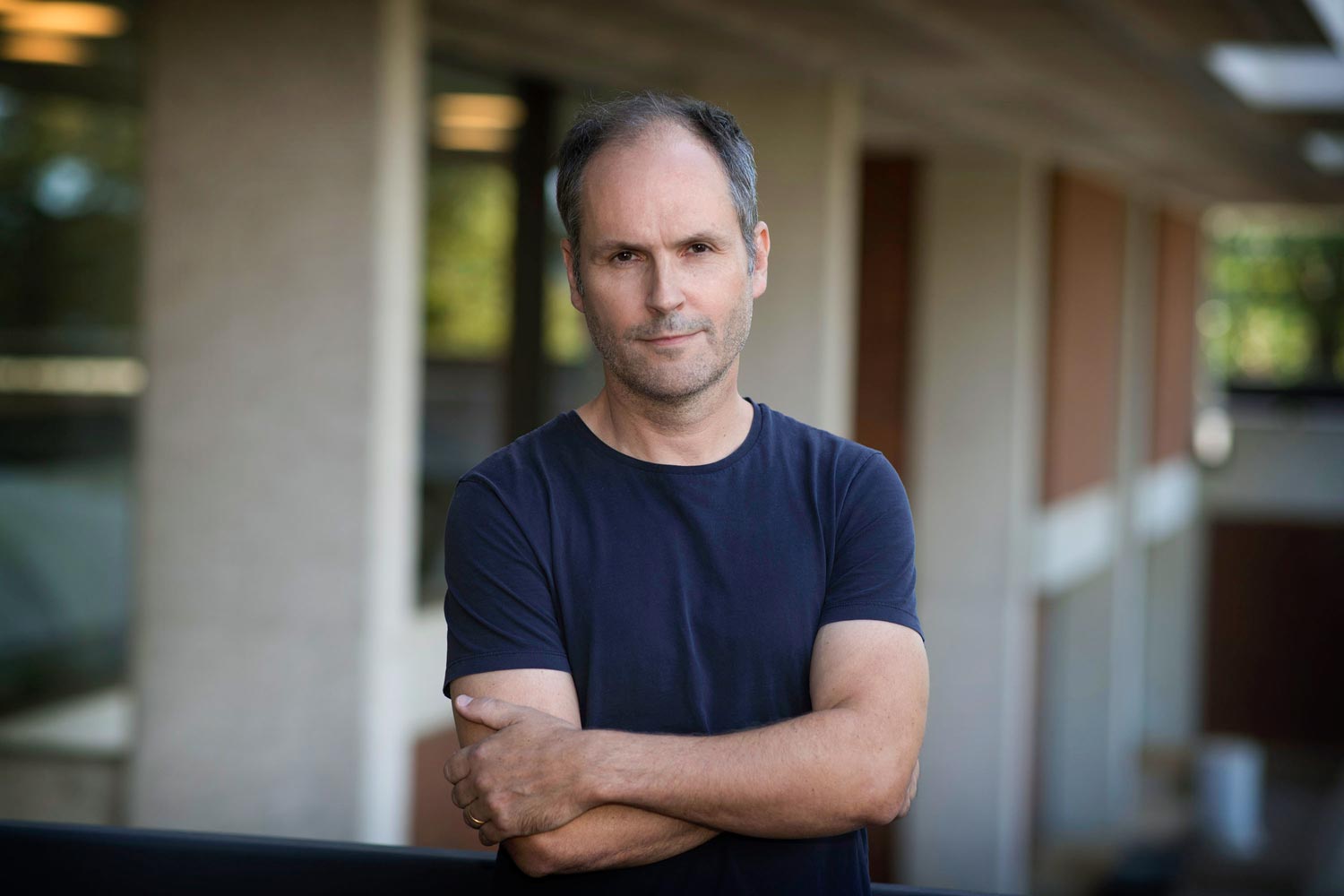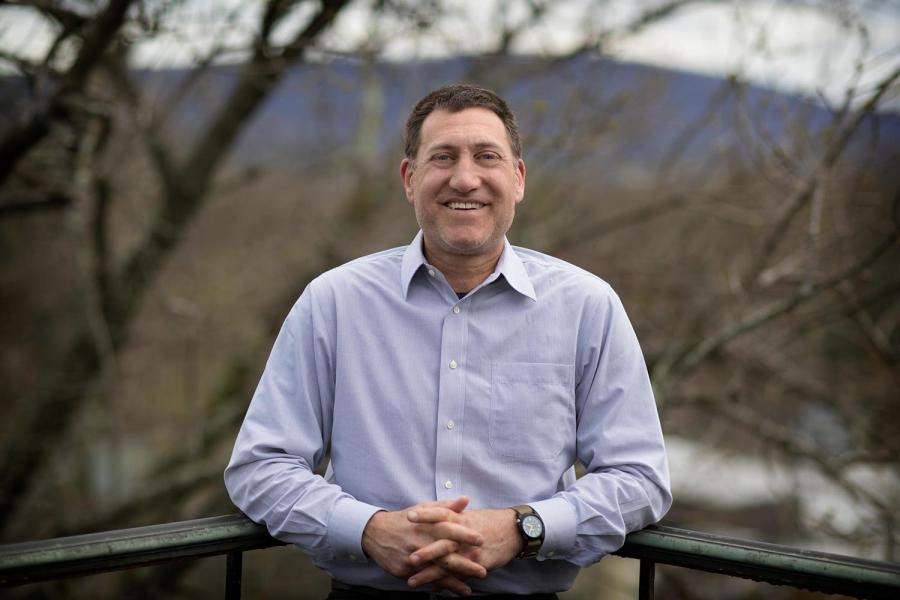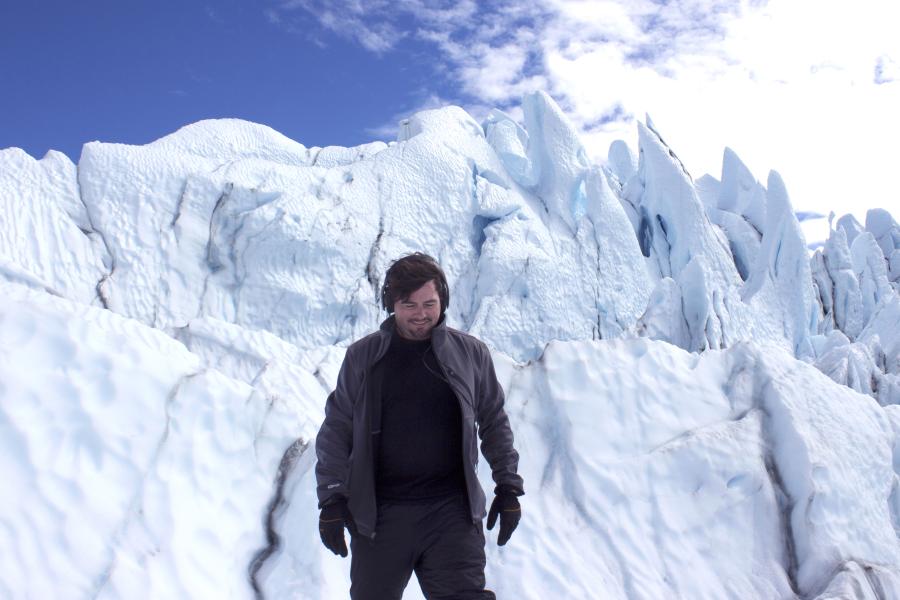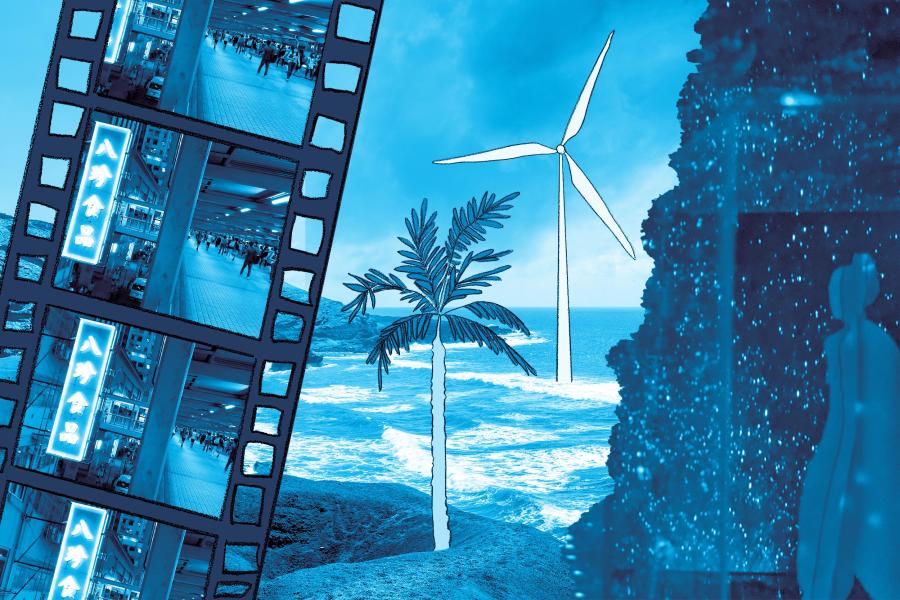“Since the time when I was a kid growing up on Alaska’s North Slope, the Arctic has experienced rapid and unprecedented environmental change,” Burtner said.
“I studied music intensely during this time of conspicuous change and so it is probably not surprising that my musical approach is deeply entwined with the Arctic environment. These changes are only accelerating in recent years, and I am particularly excited that our conference will involve the Alaska Youth Ambassadors who are at the forefront of the new Arctic,” he said, noting also the performance of four-time Grammy and MacArthur Award-winning ensemble Eighth Blackbird during the symposium.
“We realized we had a small but very vibrant and productive group of UVA researchers focused on the Arctic,” said environmental sciences professor Howard Epstein. He has been conducting research in the Arctic for 23 years, traveling to the northernmost regions of North America and Russia each year to study changes in vegetation patterns and landscape formations as a result of climate change and other human impacts.
We spoke with Epstein, landscape architecture professor Leena Cho and architecture professor Matthew Jull, who together co-founded the UVA-based Arctic Design Group.
Q. The title of the conference is “Bridging Science, Art and Community in the New Arctic.” How would you define “New Arctic”?
Epstein: It’s a term that has been thrown around a lot and one that we plan to discuss next week. Many people believe the Arctic is entering a new phase, with a very different climate and a much more open Arctic Ocean, as sea ice melts and opens up shipping routes. More people may be moving to the Arctic, and there is still a lot of oil and gas exploration and production.
Jull: The Arctic, of course is a region where people have lived for millennia. But this is an essential time in the face of a lot of new stressors from climate change and increasing economic interests. Historically, many development efforts in the region have been harmful and misguided, both in terms of the people who live there, or toward the environment. Our intention in using the “New Arctic” term is to rethink about new approaches to engaging with northern communities, perhaps by providing more opportunities for youth from native communities to become scientists or architects, and to integrating our own cross-disciplinary expertise to be more effective in our work.
Cho: Various desires and ambitions toward different futures in the Arctic are merging together in a very short time period, often at odds with each other. As researchers, educators and practitioners working in this region, we have a responsibility to listen and bring together voices. How we go about understanding and shaping those conversations, in the face of climate change, will shape the future direction of the Arctic.
Q. What are the most critical concerns or issues you are focused on in the Arctic right now?
Epstein: Loss of sea ice on the Arctic Ocean is huge, as is the thawing of permafrost. Permafrost stores a lot of carbon that could ultimately be released as carbon dioxide or methane, both greenhouse gases. The effects of reduced sea ice and permafrost on climate are largely unknown.
Jull: From a design perspective, there are myriad problems and challenges. Too often, in the past, the design of buildings and cities was simply imported and slightly modified from more southern, temperate latitudes, or simply prioritized engineering approaches.
This has had major adverse impacts throughout the Arctic that are now being amplified by climate change. We are working with colleagues from a wide range of disciplines, and with communities and experts from across the Arctic, to learn more about how we can do better and create stronger links between cities, buildings, people and the natural environment. Ultimately, lessons we learn from such an extreme and dynamic environment will help us address the impacts from climate change in other regions of the world.
Cho: The deep ties between the climate and the ways of living are foundational to the cultural and spatial practices in the Arctic. In many cases, they have been severely challenged or severed due to the development of infrastructure that sedentarized movement and self-adjustments to environmental changes. Any future infrastructure projects, especially concerning climate change, need to address this cultural core of the Arctic.
Another related challenge is the public spaces outdoors. They are a part of the community infrastructure, and how they are designed and used, despite the fact that they are in a place that is cold and muddy through much of the year, will influence the dynamics of cultural practices and qualities of living.


